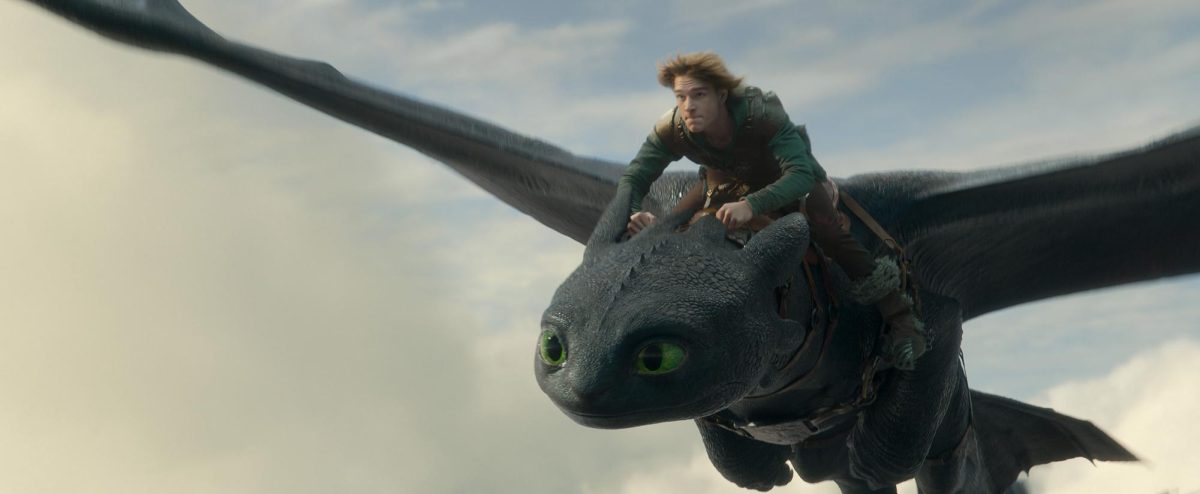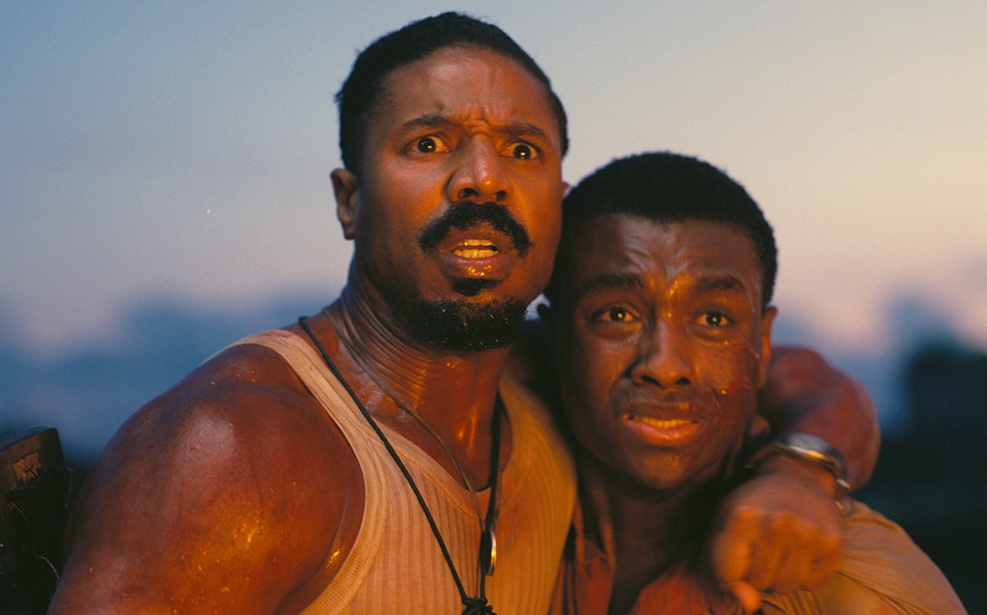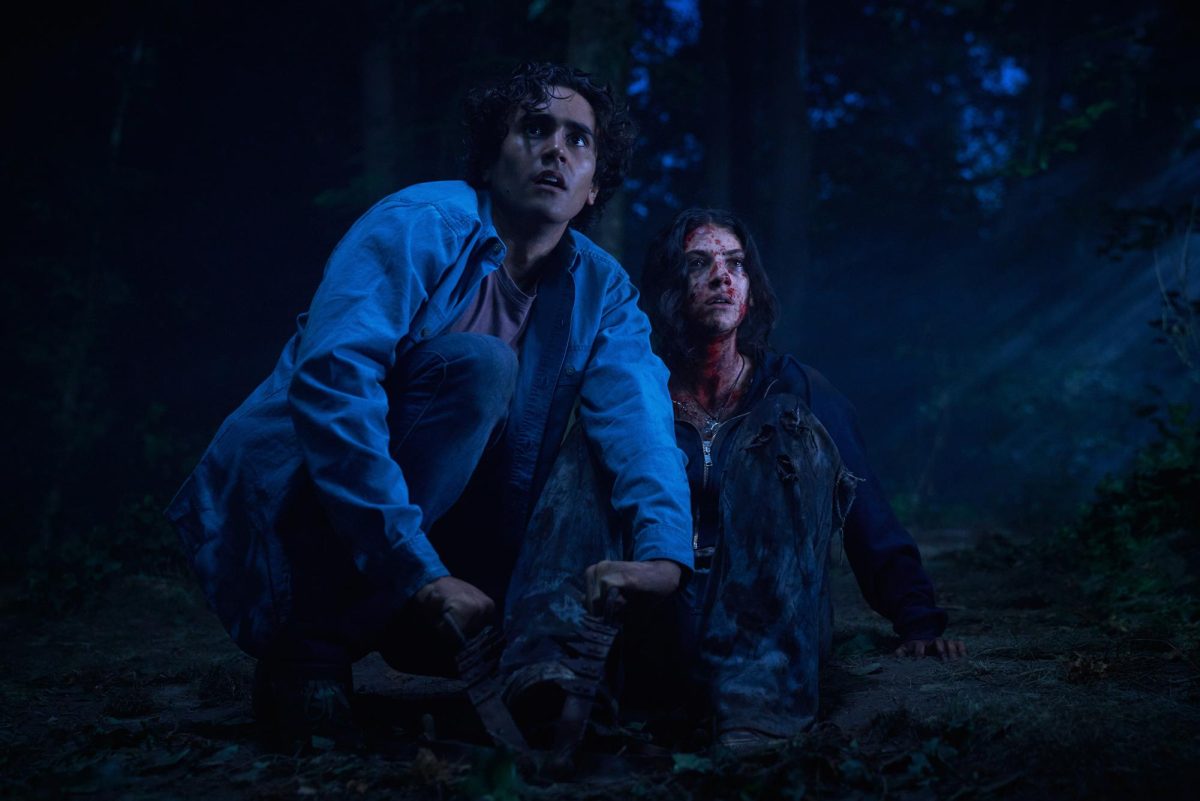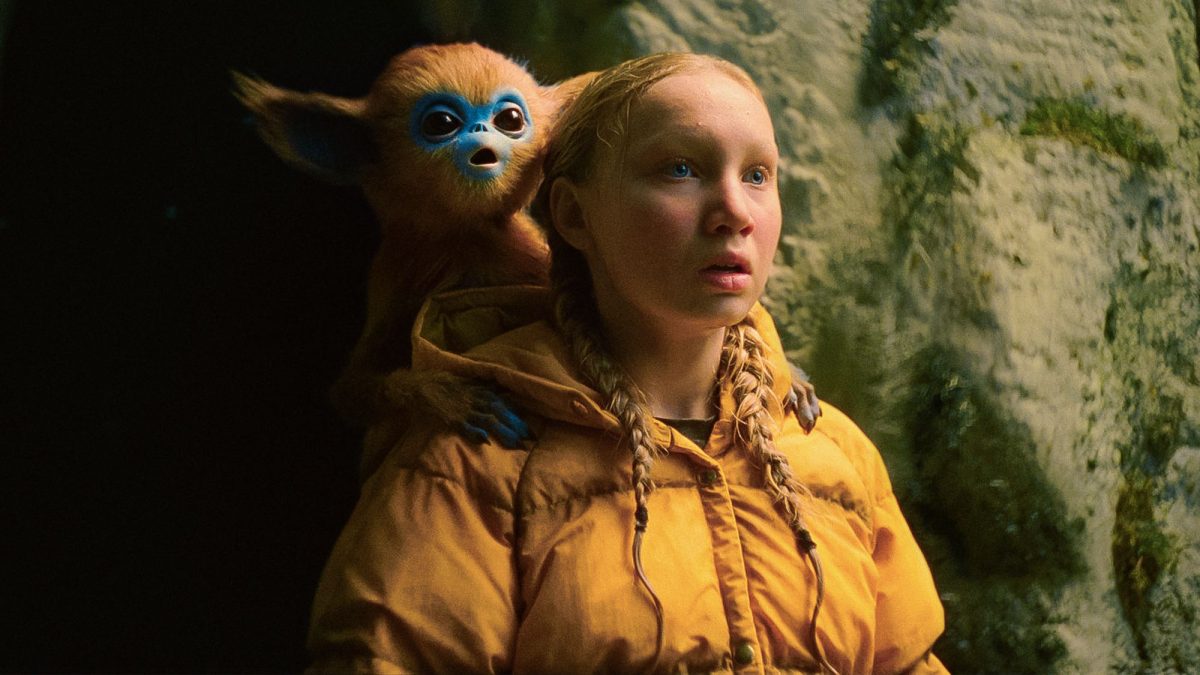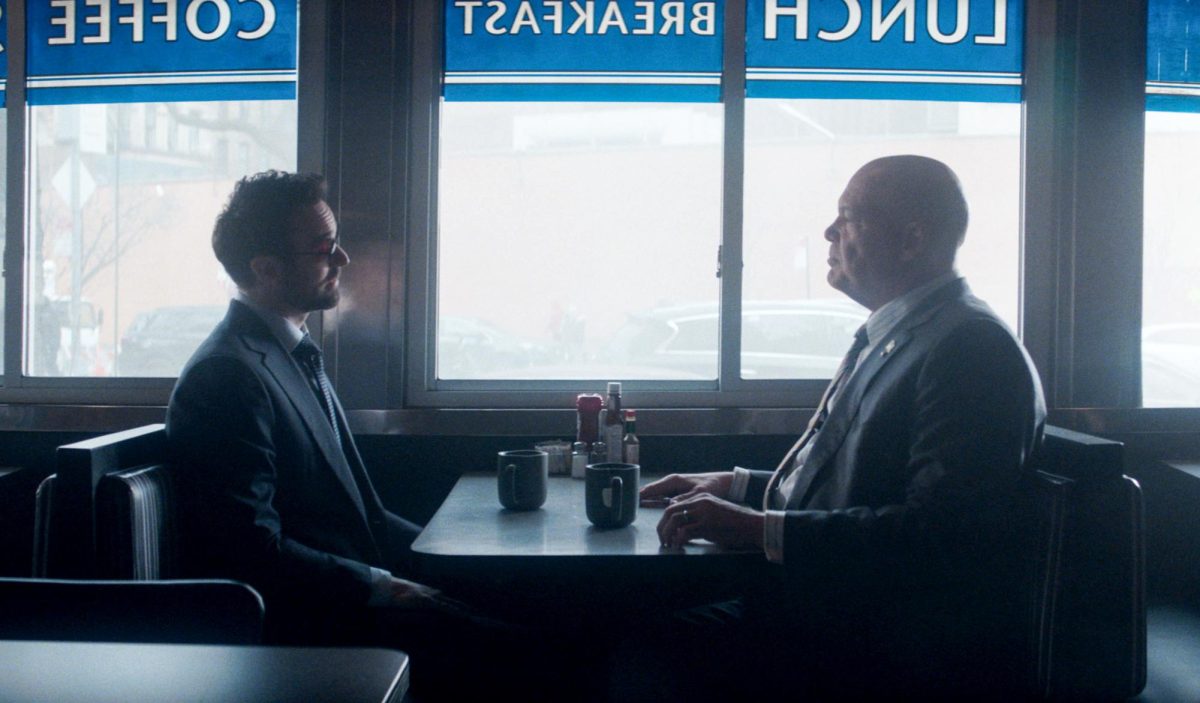In a futuristic Chicago, the Windy City appears dull and bleak, with buildings chipped and half destroyed. The city resembles a struggling, post-war civilization, with existing slums inhabited by the impoverished, factionless population. The boundaries of its land are protected from the outside world by a gate, and whatever is out there is never explained.
Adapted from the best-selling novel by Veronica Roth, “Divergent” stars Shailene Woodley as the 16-year-old protagonist Beatrice, a strong-willed character who never felt like she belonged in the life she was born into. Structurally, her society is divided into five factions based on human virtue: Abnegation, Erudite, Candor, Dauntless and Amity. Beatrice originates from Abnegation, which showcases selflessness by giving to others and maintains the government. Its envious rival, Erudite, constantly displays its wealth of knowledge. Dauntless represents the soldiers and police force who protect the city from harm. There is also Candor, where people cannot help but tell the truth, and Amity, whose members pride themselves on being kind and happy.
Every year, 16-year-olds are required to take an aptitude test to determine the faction that best fits them. After receiving their results, they choose whether or not to stay in their original faction or transfer elsewhere. Those who transfer must prove themselves worthy or else become factionless. Beatrice’s aptitude test deemed her a Divergent, as she didn’t classify in just one faction, but rather harbors traits from three of them: Abnegation, Dauntless and Erudite. As a Divergent, however, she poses a threat to the faction system and is warned to keep her results a secret for fear that faction leaders would kill her. Ultimately, she decides to leave her parents to join Dauntless, admiring the faction’s freedom and bravery, and renames herself Tris to establish a fresh start.
Viewing the movie separate from the book, it appeared incomplete, though not because of an abrupt ending. Rather, the whole storyline was not fully developed, which is a shame for a science-fiction movie with multiple opportunities for excitement. For example, Tris was told that “the fence was built for a reason,” but not much more detail is given and there is no hint as to whether this information is significant to the story. Without any further context, the film shifts the viewer’s attention from the plot because lingering questions about the “reason” are left unanswered.
Still, the film as a whole was successful in terms of its artistic goals. The movie brought to life not only advanced yet imaginary technology, but also futuristic concepts of mind control and engineered hallucinations. These Matrix-like computer simulations segued easily into scenes of action, creating climatic situations to keep the story moving.
The acting also proved to be a strength of the film. Woodley was outstanding as the protagonist, especially in her character’s metamorphosis from a restrained individual to a tattooed, gun-toting, knife-throwing soldier. In contrast, Kate Winslet played a calculating yet manipulative Jeanine Matthews in way that showed the character’s secret evil underneath a polite and powerful exterior. Though she was limited to her character’s robotic nature, Winslet still went beyond those expectations and brought a strong performance to every scene. The difference between the two characters was a catalyst for conflict, but the performance of the two actresses were both equally commendable.
Overall, director Neil Burger used the cast and crew to create a realistic interpretation of Roth’s novel. While the adaptation could have incorporated more of the book’s context, it succeeded in terms of skilled acting, quality visual effects and a compelling take on a typical science-fiction dystopia.









